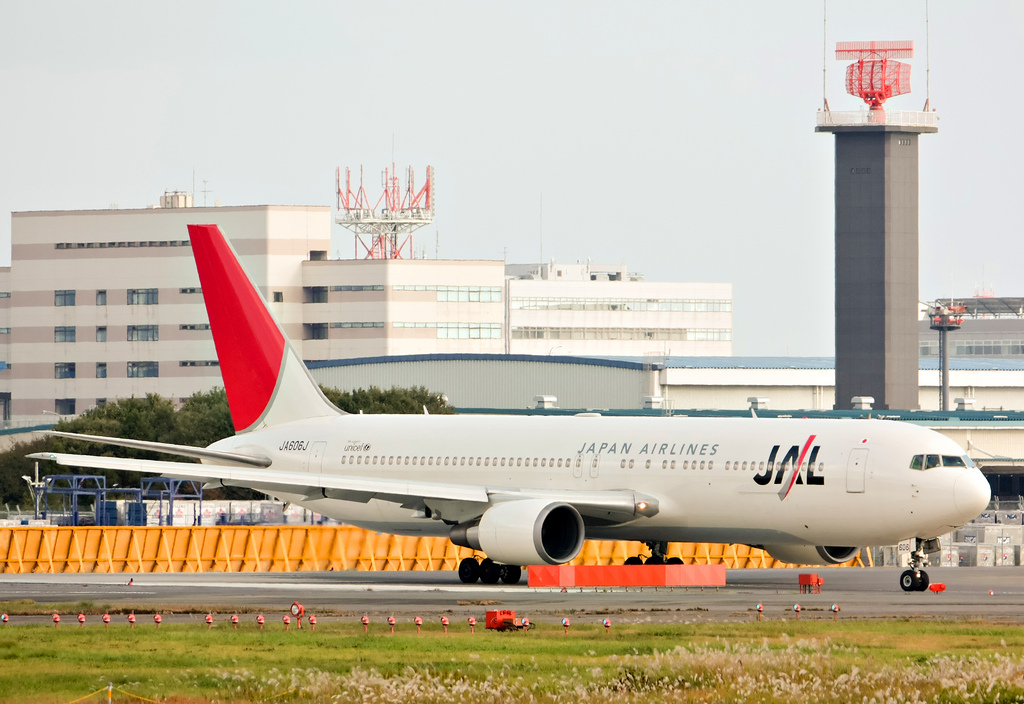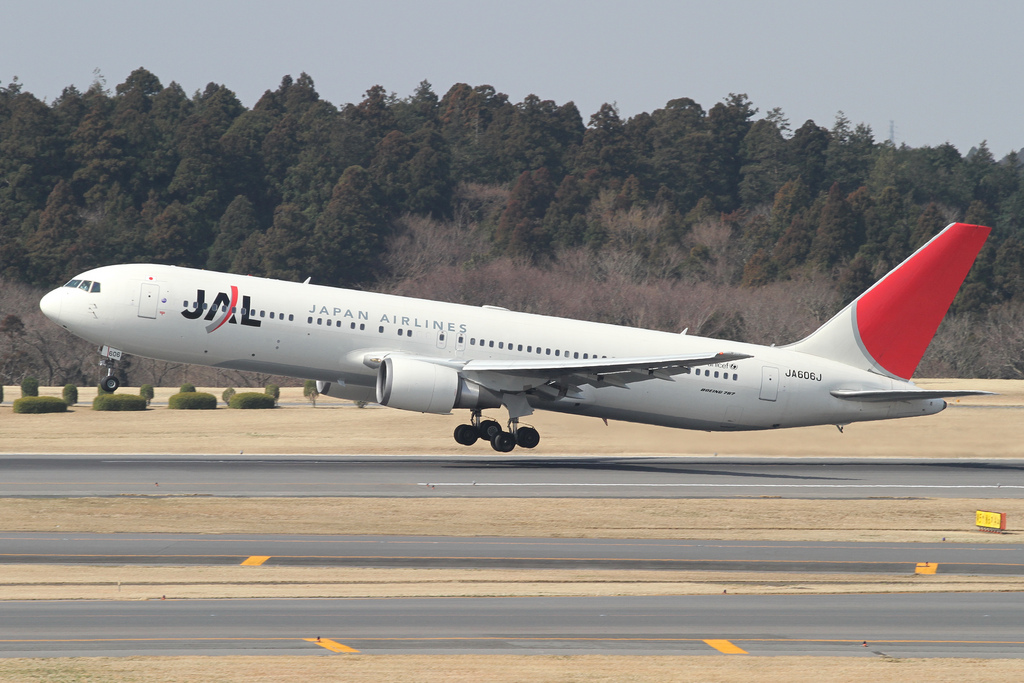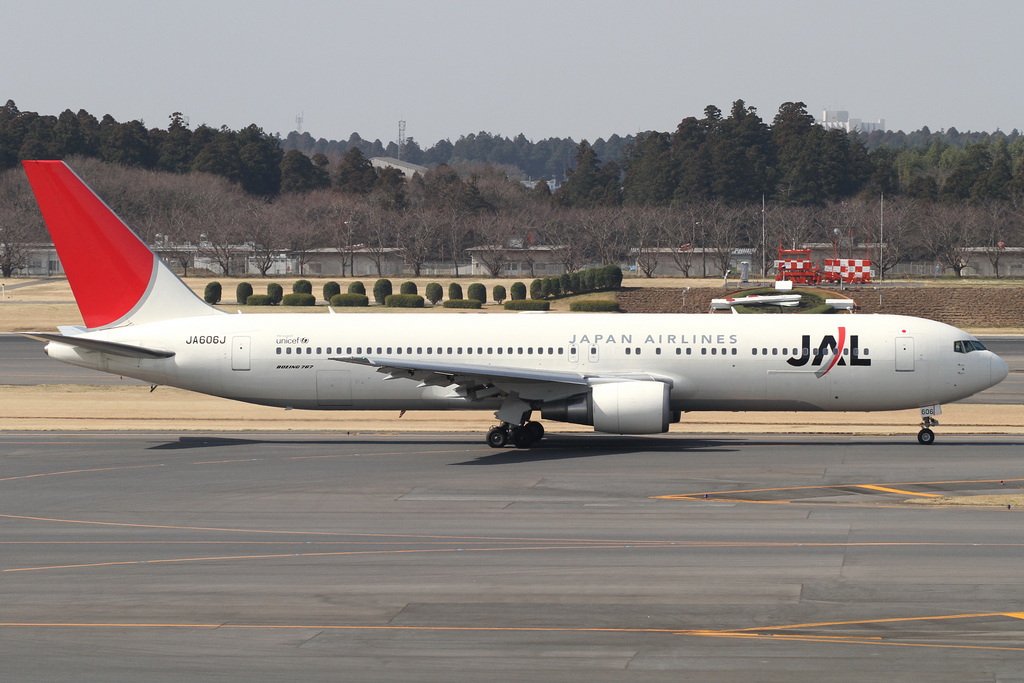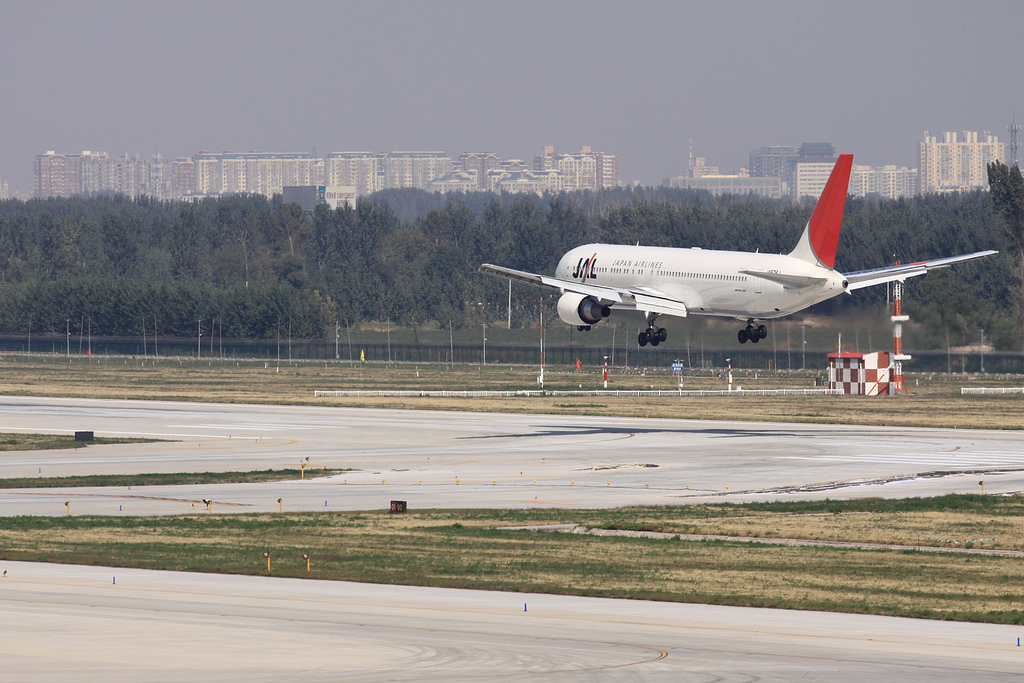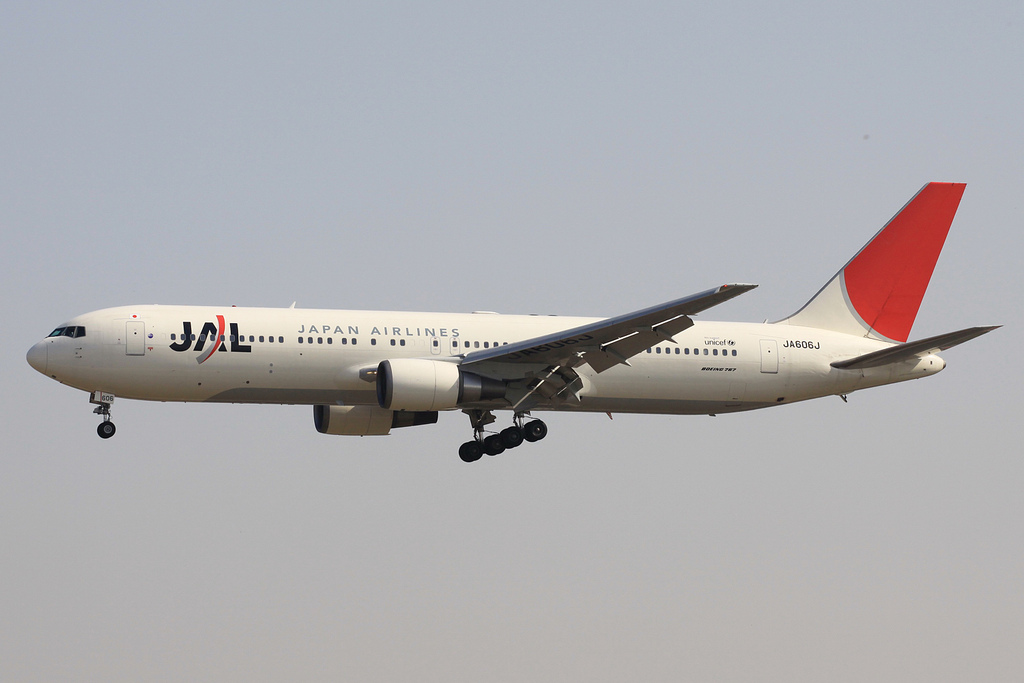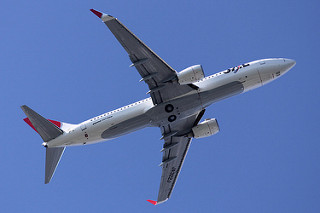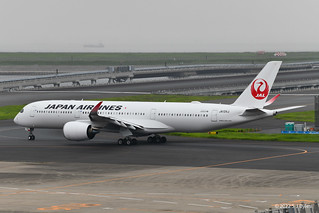JAL B763 at Singapore on Jul 12th 2015, rejected takeoff from taxiway
Last Update: September 18, 2016 / 19:22:07 GMT/Zulu time
Incident Facts
Date of incident
Jul 12, 2015
Classification
Incident
Cause
Rejected takeoff
Airline
JAL Japan Airlines
Flight number
JL-38
Departure
Singapore, Singapore
Destination
Tokyo Haneda, Japan
Aircraft Registration
JA606J
Aircraft Type
Boeing 767-300
ICAO Type Designator
B763
The airline reported the aircraft had departed the gate with a delay of 25 minutes. While taxiing to the runway the crew aligned with a taxiway parallel to the runway and commenced takeoff but rejected when an alert ATC instructed them to stop, the crew did not find it necessary however to report the occurrence to JAL, the airline learned about the occurrence on Jul 23rd 2015 when they were contacted by Singapore's AIB. Both 58 year old captain and 50 year old first officer were suspended.
On Jul 22nd 2016 Singapore AAIB released a preliminary note stating that the aircraft had been instructed to follow the green taxiway lights to runway 20C and was cleared for takeoff from runway 20C. The crew however lined up on taxiway EP and began the takeoff roll. The controller, seeing the aircraft accelerating, immediately instructed the aircraft to stop, about the same time the flight crew realized they were not on the runway and rejected takeoff. The AAIB reported that the final report has already been drafted and the AAIB is currently waiting for comments by th parties involved.
On Sep 17th 2016 Singapore's AAIB released their final report without a formal conclusion, however, reporting a number of safety actions taken and issuing one safety recommendation to Singapore Airport requiring controllers to verbalize taxi paths in their taxi clearances rather than "follow the green lights".
The AAIB reported that the first officer was pilot flying, the captain was pilot monitoring. The crew expected a taxi clearance involving taxiway NC3 which would involve taxi to the end of NC3 which would directly lead into runway 20C. However, the flight was cleared to taxi via NC2-EP-EN which at the end involved a right turn onto EP, a left turn onto EN and another right turn onto the runway. While still on taxiway NC2 the crew contacted tower and was instructed to expedite taxi, the crew received clearance to line up runway 20C and was cleared for takeoff. The aircraft turned left at the end of NC2 onto EP, the first officer called for "runway heading check" and commenced takeoff, the aircraft crossed the red stop bar lights across taxiway EP. The controller noticed the aircraft did not turn right onto EN and instructed the aircraft to stop. The aircraft slowed and stopped on taxiway EP short of taxiway A3. After the aircraft stopped and it was ensured that the aircraft could still depart, the aircraft was cleared to taxi to runway 20C via taxiways A4, A7, A1 and E1.
The first officer stated in interviews with Singapore's AAIB that due to the early takeoff clearance and the desire to depart ahead of an arriving aircraft as well as the captain's instruction to hurry up he felt urged to hurry up. Something didn't feel right, the lights were dimmer, when he lined up with EP. As there was no response from the captain upon his call out he commenced takeoff.
The Captain said in the interviews that he saw red lights ahead of him and the green lights making a S-turn. He sensed something was not right when the first officer powered up for takeoff. While he was still trying to sort this out the aircraft was already moving forward. Having no assurance that they were on the runway the captain called "STOP", a few moments later the tower controller also instructed "STOP". The first officer stated he had decided at the same time to reject takeoff and heared the controller's "STOP" a few moments later.
The AAIB analysed: "The FO appeared to have fixated on this mental picture of taxi route (i.e. one single and gradual right turn to enter R20C). He could have applied this mental picture when he was on NC2, believing that one single and gradual right turn after NC2 (which he mistook as NC3, despite a multitude of signs that would remind him he was on NC2) would bring him to R20C. He seemed to have been so fixated that he missed the red stop-bar lights on EP at the EP/E1 intersection and the fact that there were still green light ahead for him to follow that would have guided him to turn left onto EN. The flight crew apparently did not notice the lack of runway lightings and markings (e.g. threshold and runway edge lights; runway designator, runway taxi-holding position markings) which identified a runway."
The AAIB analysed with respect to expediting the taxi: "When the GMC asked the flight crew what the latest time would be that they had to depart to meet the AKMON time restriction, the PIC misunderstood the question. He thought the ATC was asking what the earliest time would be that they needed to depart to meet the AKMON time restriction. Therefore when the RWC asked the flight crew to expedite taxiing, the PIC was puzzled. However, he did not query the ATC."
The AAIB analysed further: "This occurrence highlights the need to expect the unexpected as the flight crew did not follow the green lights fully. It would be advisable not to issue line up and take-off clearances in one transmission. Issuing a line up clearance first and then a take-off clearance later will give the ATC a chance to monitor the aircraft’s movement to ensure that it is on the right route to the departure runway. In this occurrence, there were red stop-bar lights on EP before the EP/E1 intersection to prevent an aircraft on EP from taxiing beyond the EP/E1 intersection. However, this line of defence was breached by the flight crew. Withholding take-off clearance till the last moment constitutes another line of defence."
Incident Facts
Date of incident
Jul 12, 2015
Classification
Incident
Cause
Rejected takeoff
Airline
JAL Japan Airlines
Flight number
JL-38
Departure
Singapore, Singapore
Destination
Tokyo Haneda, Japan
Aircraft Registration
JA606J
Aircraft Type
Boeing 767-300
ICAO Type Designator
B763
This article is published under license from Avherald.com. © of text by Avherald.com.
Article source
You can read 1 more free article without a subscription.
Subscribe now and continue reading without any limits!
Read unlimited articles and receive our daily update briefing. Gain better insights into what is happening in commercial aviation safety.
Send tip
Support AeroInside by sending a small tip amount.
Related articles
JAL A359 near Sapporo on Sep 4th 2025, engine shut down in flight
A JAL Japan Airlines Airbus A350-900, registration JA07XJ performing flight JL-500 from Sapporo Chitose to Tokyo Haneda (Japan) with 285 people on…
JAL B789 near Seoul on Sep 4th 2024, turbulence injures flight attendant
A JAL Japan Airlines Boeing 787-9, registration JA863J performing flight JL-22 from Beijing (China) to Tokyo Haneda (Japan) with 121 passengers and…
JAL B738 at Tokyo on Apr 7th 2025, lined up with edge line for takeoff
A JAL Japan Airlines Boeing 737-800, registration JA322J performing flight JL-377 from Tokyo Haneda to Kitakyushu (Japan) with 80 people on board,…
JAL A359 at Tokyo on Jan 2nd 2024, collided with Coast Guard DH8C on runway and burst into flames
A JAL Japan Airlines Airbus A350-900, registration JA13XJ performing flight JL-516 from Sapporo to Tokyo Haneda (Japan) with 367 passengers and 12…
JAL B738 at Kagoshima on Nov 30th 2024, tyre damage on landing
A JAL Japan Airlines Boeing 737-800, registration JA336J performing flight JL-647 from Tokyo Haneda to Kagoshima (Japan) with 150 people on board,…
Newest articles
United B764 near Boston on Oct 15th 2025, laptop hides away
A United Boeing 767-400, registration N76054 performing flight UA-126 from Washington Dulles,DC (USA) to Rome Fiumicino (Italy) with 216 people on…
Southwest B737 at Panama City on Jun 14th 2025, turbulence injures passenger
A Southwest Airlines Boeing 737-700, registration N969WN performing flight WN-3508 from Dallas Love,TX to Panama City,FL (USA) with 142 passengers…
Subscribe today
Are you researching aviation incidents? Get access to AeroInside Insights, unlimited read access and receive the daily newsletter.
Pick your plan and subscribePartner

ELITE Simulation Solutions is a leading global provider of Flight Simulation Training Devices, IFR training software as well as flight controls and related services. Find out more.
SafetyScan Pro provides streamlined access to thousands of aviation accident reports. Tailored for your safety management efforts. Book your demo today
AeroInside Blog
Popular aircraft
Airbus A320Boeing 737-800
Boeing 737-800 MAX
Popular airlines
American AirlinesUnited
Delta
Air Canada
Lufthansa
British Airways
